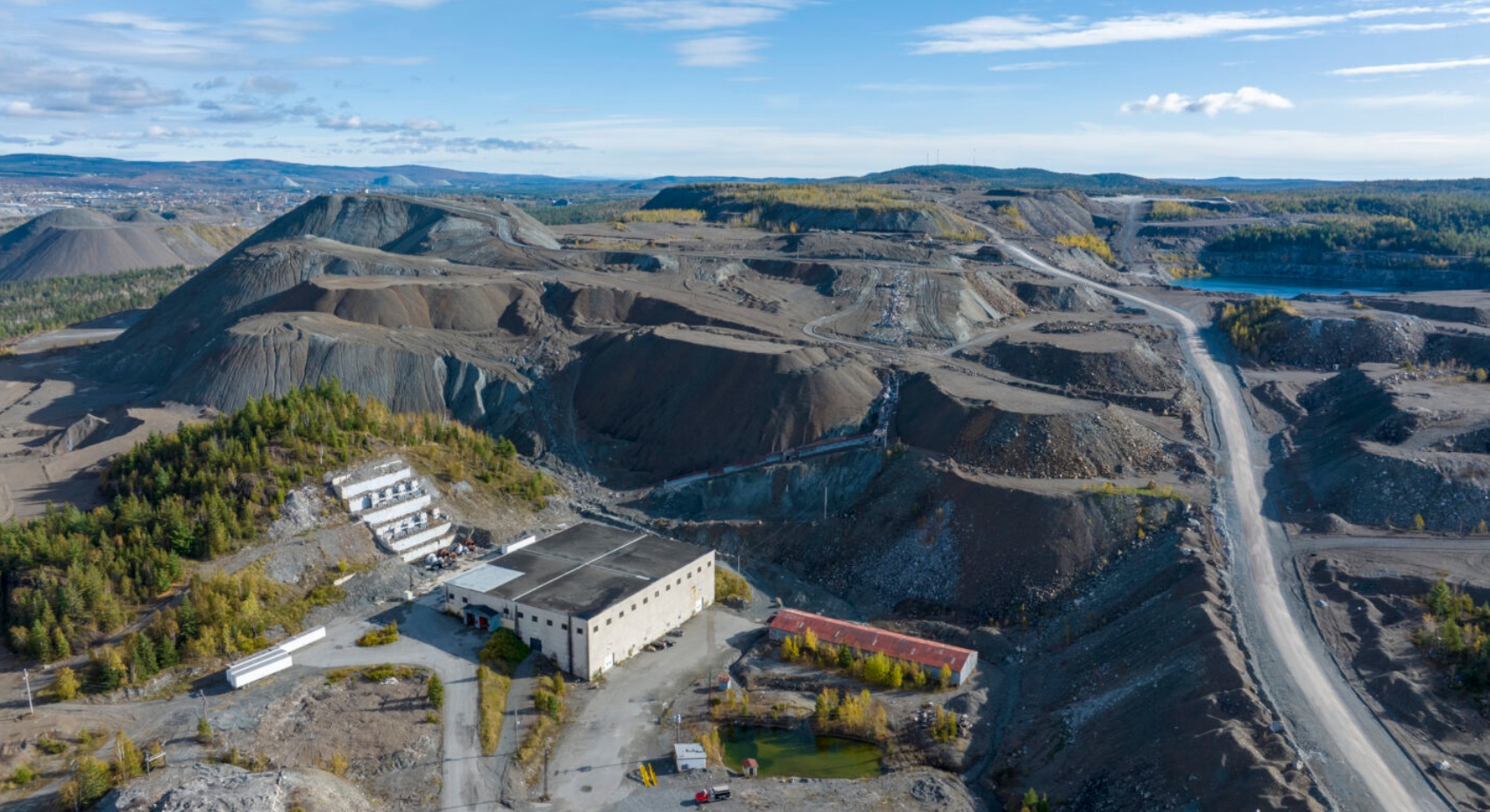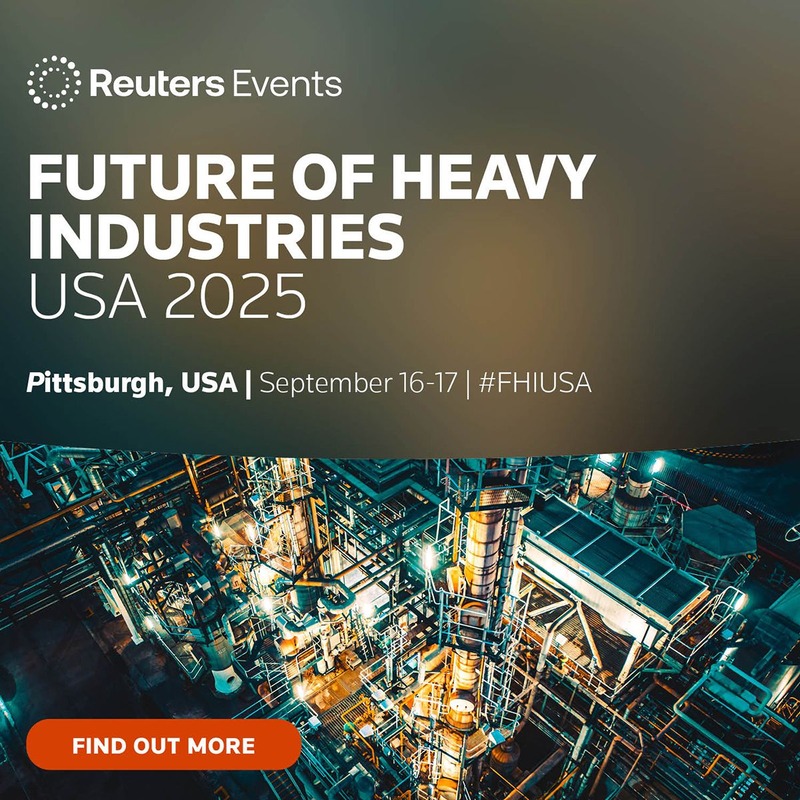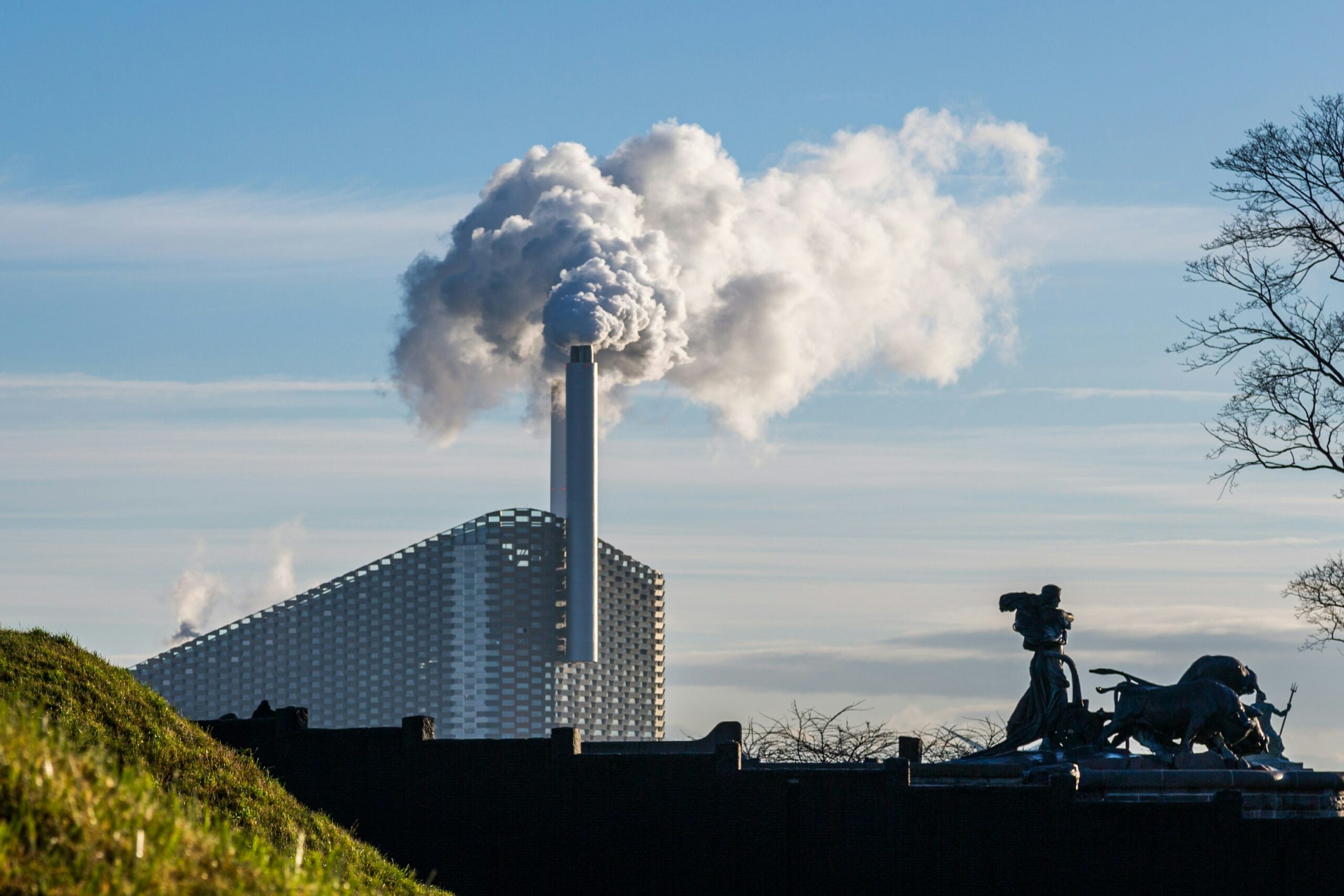Insider Brief:
- Exterra raised C$20 million in its Series A funding round, bringing total investment in the company to C$32 million.
- The funds will be used to develop its Hub 1 facility, which will begin construction to extract minerals from asbestos ore in 2027.
- Climate funding has become more difficult, according to the CEO, with investors favoring companies with off-take agreements and financial viability.
Mine waste and carbon storage company Exterra recently raised C$20 million in its Series A funding round, despite a decline in investor support for the sector in recent months.
The company has now raised C$32 million, CEO Olivier Dufresne said in an interview with Climate Insider.

The Montreal-based company extracts metals from asbestos mine waste, also known as tailings, and can store carbon in some of these extracts, Dufresne said. Exterra’s low-carbon oxide from waste extracts minerals from tailings, while its reactive oxide to carbonate circuit turns carbon into stable carbonate minerals.
The Series A funding will be used towards accelerating its commercial projects and to perform pre-commericial operations to be prepared for a pilot called Hub One. The pilot will be the world’s largest asbestos mitigation plant, Dufresne said, which could process up to 400,000 tonnes of asbestos mine tailings each year.
Exterra has plans to launch the facility in Quebec in 2027, where it will process 1,000 tons of asbestos tailings per day. It aims to produce 100,000 tons of magnesium oxide, 150,000 tonnes of silica, and 600 tons of nickel per year, Dufresne told Climate Insider.
“The funding is almost there” to fully finance the facility, Dufresne said. “We have lots of other funding in the pipeline, that will get us all the way to raise equity for the project.”
Asbestos mining was a major economic driver in Quebec for decades; 800 million tons of mineral waste was left over from mining Quebec, Dufresne said. “This [waste] was literally in the backyards of people,” he said.
The process also produces magnesium oxide, which is used in environmental remediation, hydrometallurgy, and carbon dioxide mineralization. Exterra’s production of magnesium oxide differs from other companies in that it is made from carbon-free silicates.
The company also stores carbon dioxide in the magnesium oxide it processes from asbestos waste, which transforms the gas into stable calcium or magnesium carbonates.
“It’s a low-energy, low-cost process for the emitter,” Dufresne said. “We combine the carbon transport and storage piece into one step.”
In November 2024, the company signed a deal with chemical manufacturing giant BASF, to deploy a commercial-scale carbon capture and storage project using BASF’s OASE gas treatment technology and Exterra’s Reactive Oxide to Carbonate System.
Exterra has also secured a carbon storage pre-purchase agreement with Frontier, created by Stripe, Alphabet, Shopify, Meta, and McKinsey Sustainability, and is working with Canadian carbon storage leader Deep Sky to work exclusively on a carbon storage plant in Quebec which will sequester up to 1,000 tons of carbon dioxide annually.
Exterra also has aims to target other types of mine tailings.
“Our objective is to use the platform to scale into other types of mine waste, and help them decarbonize, or new projects with other kinds of waste, that could potentially be more economic than asbestos,” Dufresne said.
Climate tech funding has slowed down, founder says
Funding for the climate tech sector is definitely moving at a slower pace than it used to, Dufresne said.
“We’re in uncertain times, and investors don’t like uncertainty,” he said.
One of the reasons why Exterra has been able to raise as much money as it has is because it does not need to rely on carbon credits to be flexible.
“This helped us get the deal through,” he said. “It’s one of the key things that surfaced from investors…that we don’t rely on carbon revenue.”
Investors are also more interested in companies which already have customers lined up.
“It’s great to have large off-takers to take advance market commitments. That’s key – it helps remove some uncertainties,” Dufresne said.
“What we’ve seen is that investors are looking for companies that can rely more or less on target-focused revenues.”
Companies operating in climate tech are still heavily reliant on government support, the founder noted.
“Climate tech can’t stand on its own feet without climate help,” Dufresne said. “Carbon taxes are driving a lot of the decarbonization right now, and governments are requiring companies to pollute less.”
Dufresne is frustrated that companies’ standard position is that if it costs less to pollute, they will.
“Someone needs to pay for the impact of carbon,” he said. “I think that today, government is key in bringing that transition forward. Stopping that government involvement would lead to disastrous events , or just push it further down the line, causing more financial effects.”
Correction: This article originally stated production would begin in 2027; construction of the hub will begin in 2027, not production. Funds will be used for pre-commercial operations to prepare for Hub 1, not for the construction of Hub 1.
Climate Insider equips green economy businesses, industrial leaders, and policymakers with the clarity they need to navigate environmental demands and geopolitical pressures. Through our AI-powered market intelligence platform and expert-led advisory, users can identify commercially ready climate technologies, track policy and funding movements, and map critical ecosystem dynamics.
Ready to take the guesswork out of your climate strategy?
Get expert-backed answers at [email protected] or explore the platform at www.climateinsider.com to see how we help transform complexity into clarity.








